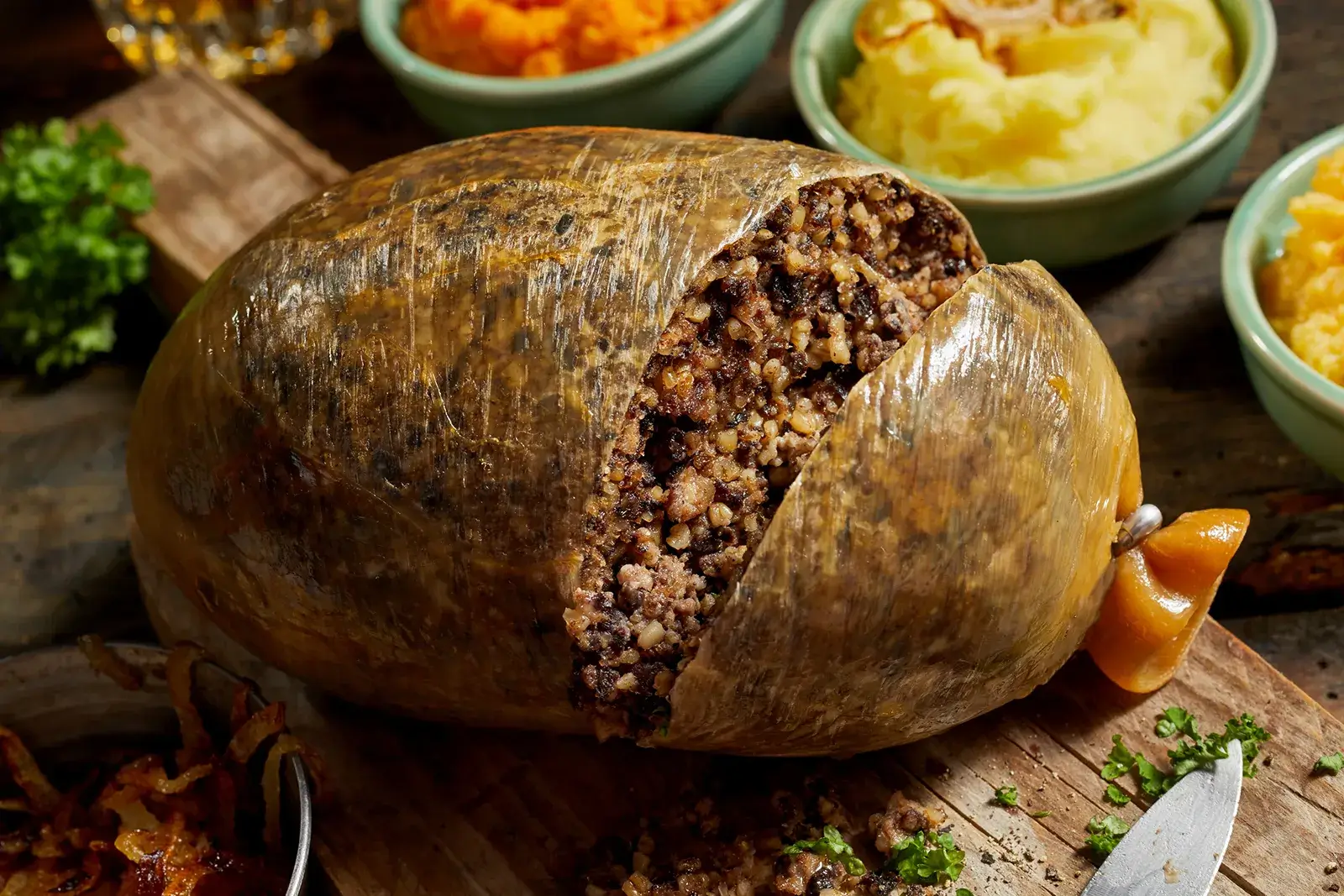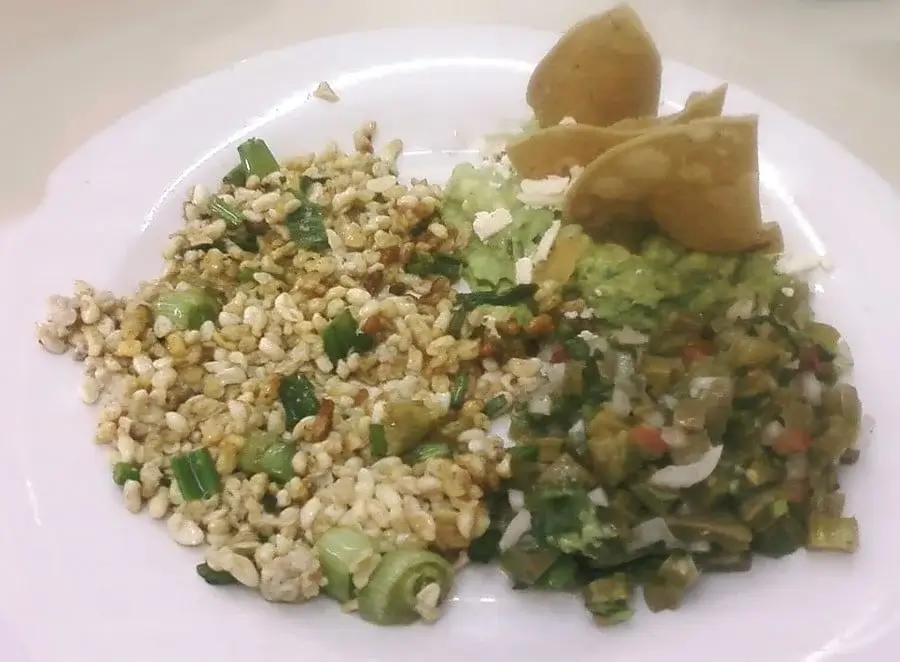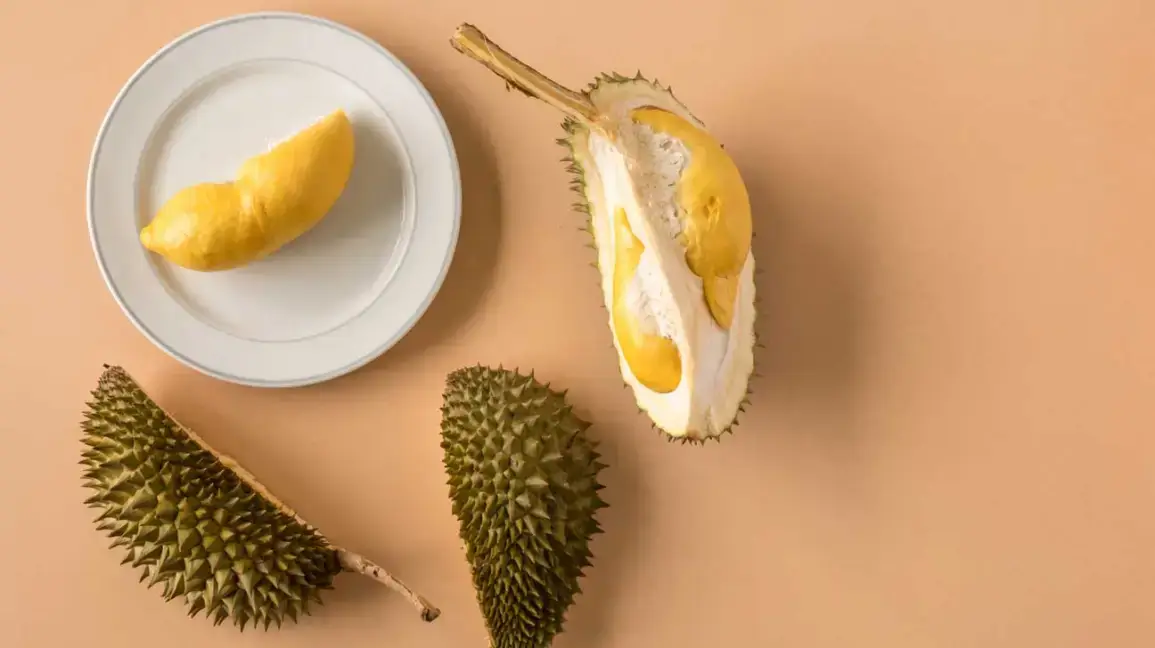Prepare your taste buds for a wild ride! Across the globe, cultures have turned the strange, the squirmy, and the downright bizarre into beloved dishes that defy expectations. From fermented oddities to critters you'd never imagine eating, this list of the top 20 weirdest foods showcases humanity's endless creativity—and stomach—of steel. Whether it's a delicacy born from necessity or a daring culinary flex, these eats prove that one person's “eww” is another's “yum.” Let's dig in!
1. Balut (Philippines)

A fertilized duck egg with a partially developed embryo inside, this Filipino street food takes culinary bravery to new heights. The egg is boiled just long enough to cook the contents, leaving you with a mix of soft yolk, tender embryo, and sometimes a bit of crunchy beak or feather stubs poking through. Locals crack it open, sprinkle it with salt or drizzle it with vinegar, and slurp it down straight from the shell, savoring the rich, gamey taste that's unlike anything else. It's a late-night snack favorite, often paired with a cold beer, and seen as a protein-packed rite of passage for adventurous eaters willing to embrace the weird.
2. Haggis (Scotland)

This hearty Scottish dish is a savory pudding crafted from a sheep's heart, liver, and lungs, minced up and blended with oats, onions, and a generous dash of spices like black pepper and nutmeg. The mixture gets stuffed into a sheep's stomach lining, tied off like a rustic sausage, and simmered for hours until it's firm yet tender. Sliced open, it reveals a crumbly, earthy texture that pairs beautifully with mashed potatoes and turnips—known as “neeps and tatties.” It's a beloved centerpiece at Burns Night celebrations, though its organ-heavy profile makes it a polarizing delicacy for the uninitiated.
3. Casu Marzu (Italy)

Hailing from Sardinia, this sheep's milk cheese is no ordinary dairy product—it's deliberately left to rot and infest with live maggots from the cheese fly. The larvae burrow through the wheel, breaking down the fats with their digestive enzymes, transforming the texture into a soft, almost gooey mess that oozes when cut. The flavor is intensely pungent, with a sharp, tangy bite, and brave souls spread it on bread, often eating it while the maggots still squirm—some even leap out as you take a bite! Illegal in many places due to health risks, it's a clandestine treat for thrill-seekers.
4. Surströmming (Sweden)

Picture this: Baltic herring caught in spring, packed into barrels with just enough salt to kickstart fermentation, then sealed in cans where the process continues, building pressure and a stench so vile it's been compared to rotting garbage or a sewer explosion. When you pop the tin—preferably outdoors or underwater to contain the smell—the fish releases a salty, sour, and overwhelmingly funky aroma. Swedes often smear it on flatbread with butter, potatoes, and onions to tame the sharpness, turning this acquired taste into a quirky rite of summer feasting.
5. Hákarl (Iceland)

Made from the Greenland shark, which lacks kidneys and excretes waste through its skin, this Icelandic specialty starts with a gruesome prep: the meat is buried underground in gravel for weeks to ferment, letting toxic fluids drain out. Then it's hung to air-dry for months until it forms a crusty, brownish slab. The result? A chewy, ammonia-soaked bite that hits you with a whiff like cleaning chemicals or a gym locker gone wrong. Locals chase it with a shot of brennivín, Iceland's caraway-flavored spirit, to cut through the funk—it's a Viking-approved test of endurance.
6. Fried Tarantula (Cambodia)

These aren't your average creepy crawlies—they're palm-sized tarantulas, plucked from the wild, seasoned with garlic, salt, and sometimes a pinch of sugar, then tossed into sizzling oil until their hairy legs turn crispy and golden. Popular in places like Skuon, dubbed “Spiderville,” they're a street food delicacy born from survival during tough times. Bite in, and you'll find a texture like fried chicken skin with a soft, slightly juicy interior that some swear tastes like a crab-chicken hybrid—a crunchy, eight-legged adventure!
7. Rocky Mountain Oysters (USA)

Don't let the name fool you—these “oysters” are actually bull testicles, a cowboy classic from the American West. The process starts with peeling off the tough outer membrane, slicing the tender flesh into rounds, then coating them in a seasoned batter—think flour, cornmeal, and a kick of cayenne—before deep-frying them to a golden crisp. Served with hot sauce or ranch, they're chewy with a mild, almost sweet flavor, making them a bar snack or festival favorite for those bold enough to saddle up and try.
8. Sannakji (South Korea)

Imagine a plate of live octopus, its tentacles still wriggling as it's chopped into bite-sized pieces right before your eyes. This Korean dish is served fresh—sometimes so fresh the suction cups cling to your chopsticks or throat if you don't chew fast enough! Drizzled with sesame oil and sprinkled with salt, the flavor is subtle and briny, but the real thrill is the movement, a squirming sensation that's equal parts delicacy and dare. It's a restaurant spectacle that demands respect—and quick reflexes.
9. Muktuk (Greenland/Alaska)

A traditional food for Inuit peoples, muktuk is the skin and blubber of whales—usually bowhead or beluga—harvested from icy waters. It's often eaten raw, sliced into small cubes, or frozen for a chewier bite, though some pickle it with spices for extra zing. The outer skin is tough and rubbery, while the fatty layer beneath melts in your mouth like a marine butter, delivering a mild, oily taste that's pure sustenance in the Arctic cold. It's a cultural treasure that's as much about survival as it is about flavor.
10. Century Egg (China)

These aren't your average eggs—duck, chicken, or quail eggs are preserved for weeks or even months in a mix of clay, ash, salt, quicklime, and rice hulls, transforming them into something otherworldly. The yolk turns a dark green or gray, creamy and slightly cheesy, while the white becomes a translucent, jelly-like amber with a faint sulfur whiff. Crack one open, and the ammonia scent hits hard, but fans slice it up for congee or eat it solo, reveling in its rich, complex umami punch.
11. Escamoles (Mexico)

Dubbed “Mexican caviar,” these are the larvae of ants harvested from the roots of agave or maguey plants, a pre-Hispanic delicacy that's labor-intensive to gather. They're typically sautéed in butter with garlic and epazote, turning into a soft, fluffy dish with a nutty, slightly buttery taste that's somewhere between cottage cheese and popcorn. Served in tacos or on their own, they're a rare treat, prized for their delicate texture and the earthy connection to ancient culinary roots.
12. Kopi Luwak (Indonesia)

This isn't just coffee—it's coffee with a wild backstory. Civet cats roam plantations in places like Sumatra, eating ripe coffee cherries, digesting the fruit, and passing the beans through their system. The beans are collected from their droppings, washed (thankfully), roasted, and brewed into a smooth, earthy cup with hints of chocolate and low acidity, thanks to the gut fermentation. It's the world's priciest brew, a sip of nature's weirdest alchemy.
13. Shirako (Japan)

Literally “white children,” shirako is the sperm sacs of cod, pufferfish, or monkfish, harvested fresh and served in all their glory. Raw, they're silky and custard-like, melting on the tongue with a faint sweetness; steamed or fried, they firm up with a delicate, creamy bite. Sushi chefs plate them with ponzu or tempura batter, turning this oceanic oddity into a refined treat that's prized for its subtle richness—a true test of open-minded dining.
14. Witchetty Grub (Australia)

These plump, white larvae of ghost moths are a bush tucker staple for Indigenous Australians, dug from the roots of witchetty bushes. Eaten raw, they're juicy with a nutty, almond-like flavor and a pop of creamy fat; lightly roasted over a fire, they crisp up with a skin like roasted chicken. Packed with protein, they're a survival food turned cultural icon, offering a taste of the outback in every wriggly bite.
15. Stink Bugs (Various African Countries)

Across regions like southern Africa, these pungent insects are collected, roasted, or fried into a crunchy, protein-rich snack that's as bold as it sounds. The smell—think rotting fruit meets chemical spill—comes from defensive secretions, but cooking mellows it into a bitter, earthy flavor that varies by species. Eaten whole or ground into seasoning, they're a testament to resourcefulness and a quirky twist on pest control.
16. Durian (Southeast Asia)

Known as the “king of fruits,” durian's spiky shell hides a creamy, custard-like flesh that smells like a mix of garbage, onions, and gym socks—enough to get it banned from hotels and trains. Inside, though, the taste is a sweet, complex blend of caramel and almond, adored by fans who brave the stench. In Malaysia or Thailand, it's scooped raw, blended into shakes, or even fried into chips—a stinky superstar of tropical cuisine.
17. Blood Soup (Vietnam)

This Vietnamese dish starts with fresh duck or pig blood, drawn straight from the animal and mixed with fish sauce and broth to coagulate into a silky, gelatinous pudding. Topped with crushed peanuts, fresh herbs, and sometimes bits of cartilage or meat, it's served chilled with a spoon, delivering a metallic, iron-rich taste that's both savory and polarizing. It's a breakfast or celebratory dish that's all about freshness—and a vampire's dream.
18. Jellied Moose Nose (Canada)

From the northern wilds, this Indigenous dish turns moose snouts into a quirky delicacy. The nose is boiled with spices until the meat and cartilage soften, then the hairy skin is scraped off, and the whole thing is simmered again, cooled, and set in its own gelatin—like a forest aspic. Sliced into wobbly chunks, it's gamey, chewy, and faintly sweet, a nose-to-tail tradition that warms the soul in harsh winters.
19. Fugu (Japan)

The infamous pufferfish carries tetrodotoxin in its organs, a poison deadlier than cyanide, so only licensed chefs dare to prepare it. They meticulously remove the toxic bits, slicing the flesh into paper-thin sashimi or simmering it in hot pots, revealing a mild, slightly chewy taste with a hint of sweetness. It's a high-stakes dish—eaten for the thrill as much as the flavor—served with a side of adrenaline in upscale Japanese restaurants.
20. Kiviaq (Greenland)

This Inuit dish is extreme: hundreds of small auk birds are stuffed whole—feathers, beaks, and all—into a hollowed-out seal skin, sewn shut, and buried under a rock for months to ferment in the cold. When unearthed, the birds are soft and pungent, with a taste like overripe cheese crossed with gamey meat. Eaten raw by peeling back the skin, it's a rare, intense burst of Arctic tradition that's as much a survival tactic as a culinary feat.
And there you have it—a whirlwind tour of the planet's most peculiar plates! These 20 foods might raise eyebrows or churn stomachs, but they're cherished where they're served, blending tradition, survival, and a dash of audacity. Next time you're feeling adventurous, maybe you'll crack open a century egg or wrestle some sannakji. The world's weirdest eats remind us: flavor knows no bounds, and bravery comes in every bite. Bon appétit—or good luck!
Comments